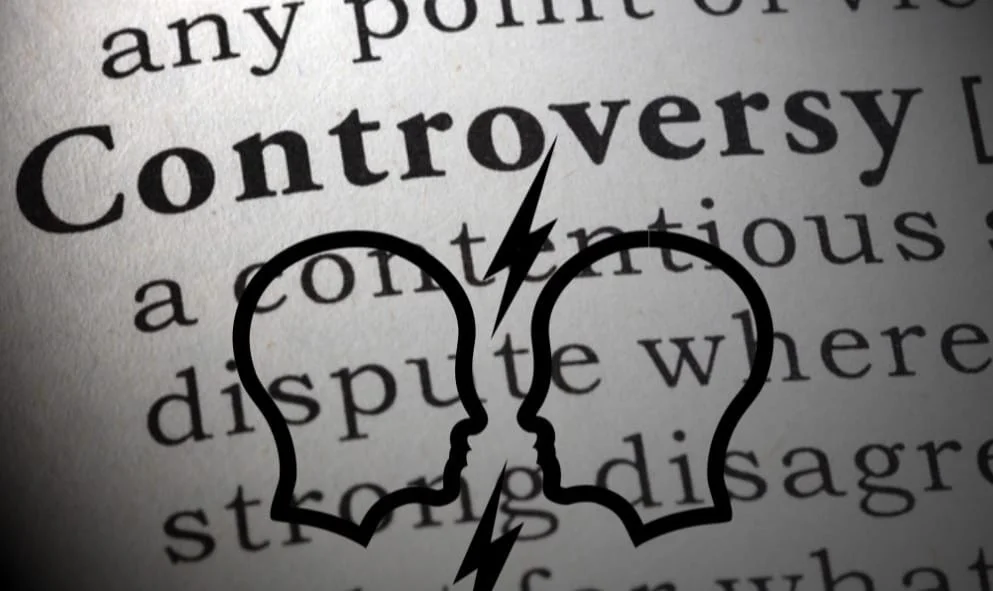Are you familiar with shock advertising? It’s a type of advertising that aims to grab people’s attention by using provocative or controversial images, messages, or situations. In this blog post, we’ll explore the pros and cons of shock advertising and help you decide if it’s right for your brand.

What is Shock Advertising?
Shock advertising is a marketing strategy that relies on creating a strong emotional response in viewers to grab their attention and create buzz around a product or service. This can involve using explicit images, language, or concepts that challenge societal norms or values. The idea is to create a memorable and impactful message that sticks in the viewer’s mind and encourages them to take action.
The Pros of Shock Advertising
One of the main advantages of shock advertising is that it can generate a lot of buzz and attention for your brand. By creating a provocative or controversial campaign, you can get people talking about your product or service and increase brand awareness. This can be particularly effective for brands that are launching a new product or trying to break into a crowded market.
Another benefit of shock advertising is that it can be very memorable. When people see something that challenges their expectations or emotions, they are more likely to remember it. This can lead to increased brand recall and recognition over time, which can ultimately lead to increased sales and revenue.
Shock advertising can also be a cost-effective way to generate publicity for your brand. Because these types of campaigns tend to be controversial or provocative, they often get picked up by news outlets or shared on social media. This means that you can get a lot of exposure without having to spend a lot of money on advertising.
The Cons of Shock Advertising
Despite the benefits of shock advertising, there are also some potential drawbacks that brands should consider before embarking on this type of campaign. One of the biggest risks is that the message can backfire and turn off potential customers. If your campaign is too provocative or offensive, it can create a negative association with your brand that is difficult to shake.
Another potential downside is that shock advertising can be difficult to execute effectively. Creating a message that is both shocking and impactful without crossing the line into offensive or insensitive territory is a delicate balance. Brands need to be careful to ensure that their message resonates with their target audience and doesn’t alienate potential customers.
Finally, shock advertising can be risky from a legal standpoint. Some types of shock advertising, particularly those that involve explicit images or language, can run afoul of advertising regulations or be considered defamatory or libelous. Brands need to be careful to ensure that their campaigns are compliant with local laws and regulations.
The Bottom Line
So, is shock advertising right for your brand? Ultimately, the answer depends on a variety of factors, including your target audience, your marketing goals, and your tolerance for risk. While shock advertising can be a powerful tool for generating buzz and increasing brand awareness, it’s not without its potential downsides.
If you do decide to go the shock advertising route, be sure to do your research and work with experienced professionals who can help you create a campaign that resonates with your audience and stays within legal boundaries. With the right approach, shock advertising can be a powerful way to stand out in a crowded marketplace and make a lasting impression on potential customers.
